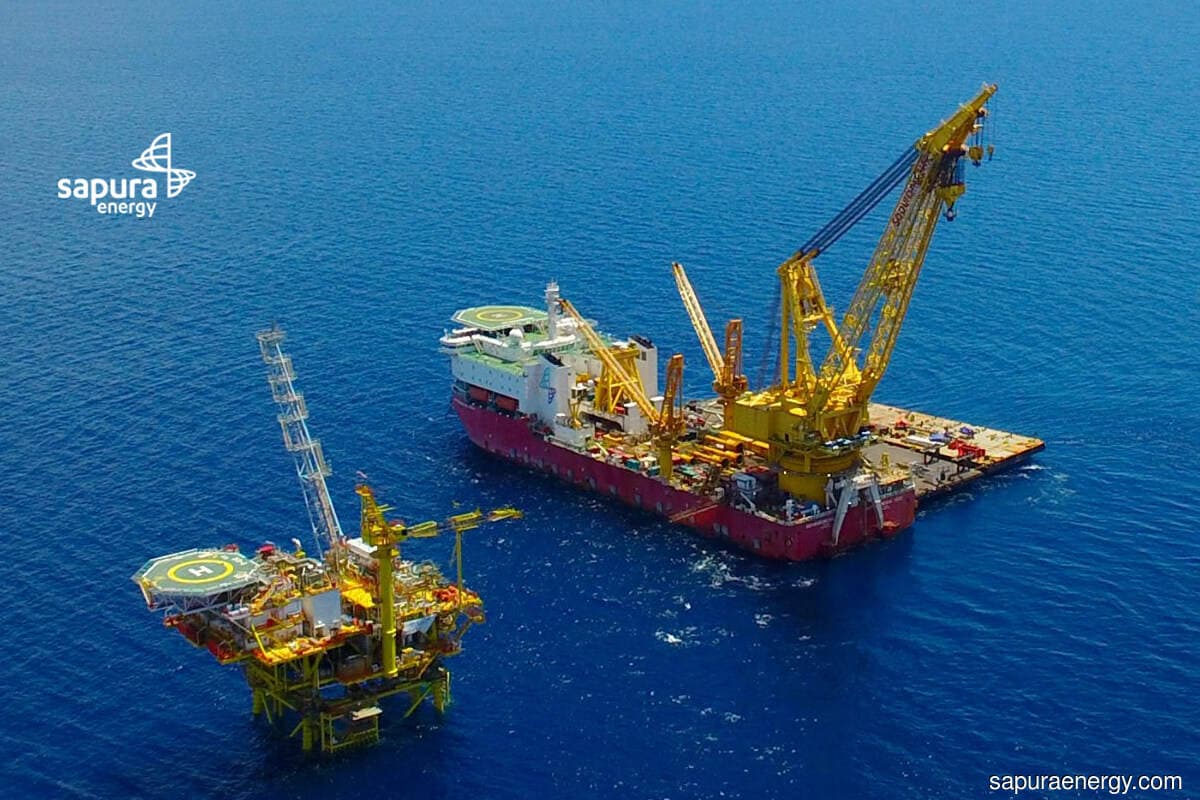
KUALA LUMPUR (Feb 15): The winding-up petitions by vendors against Sapura Energy Bhd's subsidiaries signalled potentially further deterioration in its financial health.
Five Malaysian units of Sapura Energy owed 10 vendors some RM47.5 million for supply of materials and products, services, as well as crane rental and vessel chartering.
Analysts told The Edge that the situation is largely expected, considering its balance sheet and cash flow positions in recent quarters.
A more optimistic analyst with a local research house suggested that the situation currently is insulated among Sapura Energy's Malaysian entities.
"It is unclear how Sapura Energy manages its cash flow across its many operations around the world, but hopefully the current management will be able to contain the issues within its Malaysian operations.
He noted, however, that the company is likely unable to tap into new financing. "Its asset sale will be key [to support its cash flow]," the analyst said.
Others, however, pointed out that potential buyers would likely push for fire sale prices, especially as the cash-strapped company struggles to obtain fresh funds from both banks and the capital markets.
Among the five subsidiaries served with the petitions, Sapura Offshore Sdn Bhd is the parent of several units which own the group's vessels. These include its pipe laying vessels Sapura 1200 and Sapura 3500, as well as its float-over launch barge Sapura FLB-1.
Another affected unit, Sapura Fabrication Sdn Bhd, includes Qatar, Abu Dhabi, Taiwan and Brunei as principal places of business. It also operates the 273-acre Lumut fabrication yard, which also serves clients in Australia and Brazil.
A senior analyst with a regional bank opined that the winding-up petitions could mean that Sapura Energy simply does not have the financial means to pay off its vendors, and that more petitions may be served against the company soon.
"In the worst case scenario, [its 40% parent] Permodalan Nasional Bhd (PNB) could either let it go, or privatise the company. The question is would PNB inject more funds [after the RM2.68 billion injection in 2018]?" the senior analyst said.
"One thing to look at now, is how its other engineering and construction contracts could be affected, if it is unable to purchase new materials and to procure the necessary services. This is their bread and butter.
"It will be interesting to see how the current management can turn the company around… but it will be very tough."
Market improvements insufficient
When announcing the petitions, Sapura Energy highlighted that "none of the subsidiaries are major subsidiaries", which contribute to 70% or more of the group's pre-tax profit or total assets employed on a consolidated basis.
This could mean Sapura Energy may be focusing its resources on its core operations and assets.
One other research analyst opined that while the situation appears dire, other business divisions have shown some improvements.
"One less talked about improvement is in the drilling division, where utilisation has improved for three consecutive quarters.
"They are short-term contracts, but it is positive to see certain idle drilling assets are being utilised again," the analyst said. Sapura Energy has 12 drilling assets, according to its official website.
Sapura Energy also has exploration and production (E&P) assets through its 50% unit Sapura OMV Upstream (M) Inc. Returns from the segment were currently reinvested in the business with meaningful contribution expected only from 2025 onwards, its president and chief executive officer Datuk Mohd Anuar Taib said in an interview with The Edge in July last year.
The drilling and E&P businesses are early beneficiaries of higher oil prices, which are trading at a seven-year high of over US$90/bbl currently. Still, the two businesses continued to post pre-tax losses in the nine months ended Oct 31, 2021 (9MFY22).
The current management led by Anuar Taib has been taking steps to address the company's operations and financial positions.
The cancellation of the offshore wind farm installation in Yunlin, Taiwan this year is a sign that the company is not afraid of biting the bullet to address unprofitable contracts.
Still, the latest episode showed that not only the financial position of Sapura Energy has not improved, instead it may have further deteriorated.
Sapura Energy needs to further pacify its lenders and vendors. The group has breached a covenant in relation to its RM10.3 billion financing facilities, but it has secured a conditional waiver from the lenders and are "in the midst of fulfilling the conditional requirements" without elaborating.
In 9MFY22, Sapura Energy's net operating cash flow came in at RM197.24 million before finance costs of RM399.68 million. Cash equivalents stood at RM589.63 million, against current liabilities of RM4.38 billion — after excluding the aforementioned RM10.3 billion facilities.
It also desperately needs a favourable outcome from the stretched negotiations with clients over its contractual claims and Covid-19 provisions, which are estimated to be between RM800 million and RM1 billion.
Shares of Sapura Energy settled unchanged at 4.5 sen on Feb 15. Its market capitalisation stood at RM719.06 million compared with RM4.3 billion as at end-2019.

